HTC Surround Review: A Pocket Boombox
by Brian Klug on November 13, 2010 2:01 AM EST- Posted in
- Smartphones
- Windows Phone 7
- HTC Surround
- Mobile
Even though the WP7 official unveiling is quite a ways behind us, we’ve been spending quite a lot of time with the respective Windows Phone 7 launch devices. Anand has the LG Optimus 7 and the Samsung Focus, and I got the HTC Surround. There are a number of other devices bound for other carriers both international and domestic, and we’re getting to them in time.
If you read the launch piece, you probably know most of what there is to say about the HTC Surround aesthetics wise. First off, the Surround shares a lot of design cues with a number of other HTC devices - it’s got the off-grey metal from the Nexus One, the trim and speaker grating from the Desire, and some subtle cues from other HTC phones as well. Suffice to say, it’s an attractive piece of hardware in general despite being an obvious amalgam of design language from all over HTC’s device lineup.
What’s most striking about the Surround is how HTC has chosen to differentiate the hardware. The Surround - true to its namesake - has a slide out speaker that runs along the side of the handset, for emulated surround sound. The speaker assembly doesn’t slide out much more than a centimeter, but still results in the same added thickness you’d get with a landscape keyboard.
Compared with other smartphones, the Surround is definitely hefty.
On the other side of the Surround’s slider is an added bonus - a kickstand. The metal strip is held in place with a magnet, and pops out with a quick flick of the fingernail.
The kickstand is spring loaded to keep the arm in proper position, but ultimately works in a very different way than the EVO’s. Where the EVO’s kickstand is somewhat like a table leg at 45 degrees, the Surround’s is more like an arm that sweeps out at the base. It works just as well, but puzzles for a second if you’re used to using the EVO kickstand since it operates so differently.
The back of the Surround is somewhat interesting. It’s a black soft touch material, but embedded in the material are tiny reflective metallic flecks. It manages to be unlike any other device I’ve handled, yet not tacky like a back adorned with glitter would be. The soft touch material feel itself is unchanged. It’s an interesting look that manages to be different, yet not gaudy. In some light, the back looks completely matte black, yet in other light, the flecks are instantly noticeable. It’s a matter of taste, but honestly I think the back looks unique.
Where the Surround is different is the SRS and Dolby mobile branding square in the middle of the back. Up at the top is the camera and LED flash, and a grating to the left. The chrome region around the camera is raised slightly, protecting the camera from being scratched on a flat surface, but unfortunately the metal itself is ridged circularly and thus will show wear.
Popping the back off the Surround is interesting - there’s a depression near the microphone port at the bottom you slide your thumbnail into and pry the back of the case off with. What’s different about the back is that the buttons are integrated into the back of the case which peels off. All three buttons - the right side volume rocker and camera button, and the top power button. The buttons press on small buttons integrated into the main body.
With the back side off, there’s a lot underneath. At the top is the camera which again shoots through a piece of plastic on the cover. The way this sensor is packaged appears very similar to the Nexus One. The LED illuminator off to the right ironically doesn’t have a layer of plastic. What’s curious is just above it - the vibration mechanism, which is exposed.
This is the first time I’ve seen a phone’s vibration module completely exposed. The counterweight visibly spins around inside its chamber if you trigger vibration with the back popped off. Interestingly enough, there’s a detent on the case corresponding to this open notch.
Popping out the battery doesn’t reveal a lot underneath, but you need to do so to slide the SIM out, which is standard fare. What’s interesting is that to the right of the SIM slot is a strange metal cover. I’d say that if there was an internal microSD card in the HTC Surround, it’s probably under here... More on that later. Even though there are gratings on the back of the device, none of them appear to actually be grilles for sound. It’s deceptive since there’s also that unexplained grille on the plastic case that ordinarily would be where you expect the speaker to be.
The rest of the HTC Surround is pretty self-explanatory, but if you want to check out each side of the device, there are photos in the gallery below.
Last but not least is packaging. The Surround has a decently sized yet somewhat boring box on the outside. Open it up, however, and you get a face full of bright orange. There’s the usual assortment of texting and driving warnings and stickers, but you’re presented with the phone immediately. Down below are the accessories and manuals. The Surround comes with a pair of earbuds with three playback button controls (which appear to be identical to those that came with the Nexus One and other HTC devices), a USB cable, and charger. You can check out the gallery for unboxing.
For full specifications, check out the table below:
| Physical Comparison | |||||||||
| Apple iPhone 4 | Motorola Droid 2 | Samsung Galaxy S Fascinate | Samsung Focus | HTC Surround | |||||
| Height | 115.2 mm (4.5") | 116.3 mm (4.6") | 106.17 mm (4.18") | 122.9 mm (4.84") | 119.7 mm (4.71") | ||||
| Width | 58.6 mm (2.31") | 60.5 mm (2.4") | 63.5 mm (2.5") | 65 mm (2.56") | 61.5 mm (2.42") | ||||
| Depth | 9.3 mm ( 0.37") | 13.7 mm (0.54") | 9.91 mm (0.39") | 9.9 mm (0.39") | 12.97 mm (0.51") | ||||
| Weight | 137 g (4.8 oz) | 169 g (5.9 oz) | 127 grams (4.5 oz) | 119 grams (4.2 oz) | 165 grams (5.82 oz) | ||||
| CPU | Apple A4 @ ~800MHz | Texas Instruments OMAP 3630 @ 1 GHz | 1 GHz Samsung Hummingbird | 1 GHz Qualcomm QSD8250 | 1 GHz Qualcomm QSD8250 | ||||
| GPU | PowerVR SGX 535 | PowerVR SGX 530 | PowerVR SGX 540 | Adreno 200 | Adreno 200 | ||||
| RAM | 512MB LPDDR1 (?) | 512 MB LPDDR1 | 512 MB LPDDR1 | 512 MB LPDDR1 (?) | 512 MB LPDDR1 (448 system, 64 GPU) | ||||
| NAND | 16GB or 32GB integrated | 8 GB integrated, preinstalled 8 GB microSD | 2 GB, 16 GB microSD (Class 2) | 8 GB integrated | 512 MB integrated, 16 GB (Internal Class 4 microSD) | ||||
| Camera | 5MP with LED Flash + Front Facing Camera | 5 MP with dual LED flash and autofocus | 5 MP with auto focus and LED flash | 5 MP with autofocus, LED flash, 720P video recording | 5 MP with autofocus, LED flash, 720P video recording | ||||
| Screen | 3.5" 640 x 960 LED backlit LCD | 3.7" 854 x 480 | 4" Super AMOLED 800 x 480 | AMOLED 800 x 480 4" | 3.8" LCD 800 x 480 | ||||
| Battery | Integrated 5.254Whr | Removable 5.2 Whr | Removable 5.55 Whr | Removable 5.55 Whr | Removable 4.55 Whr | ||||


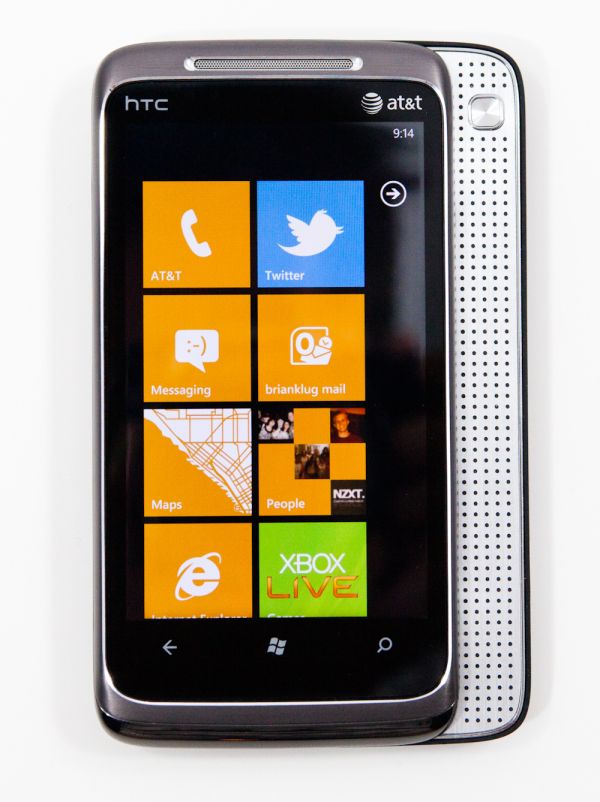
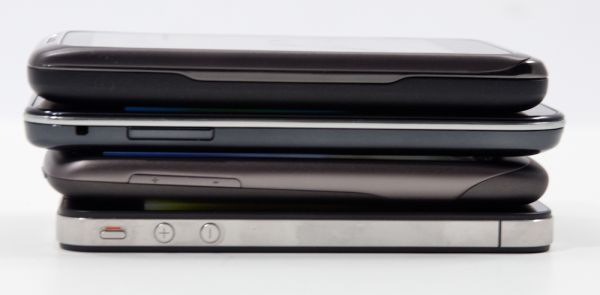
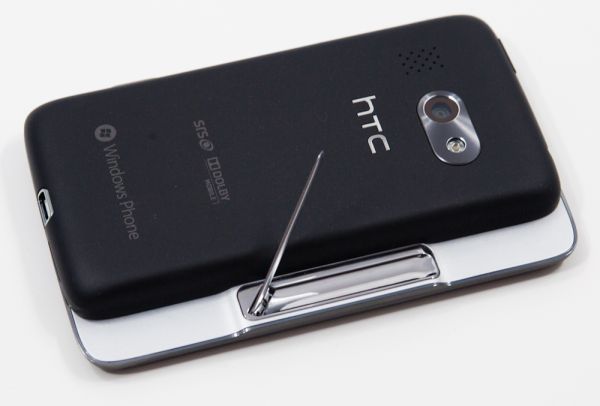

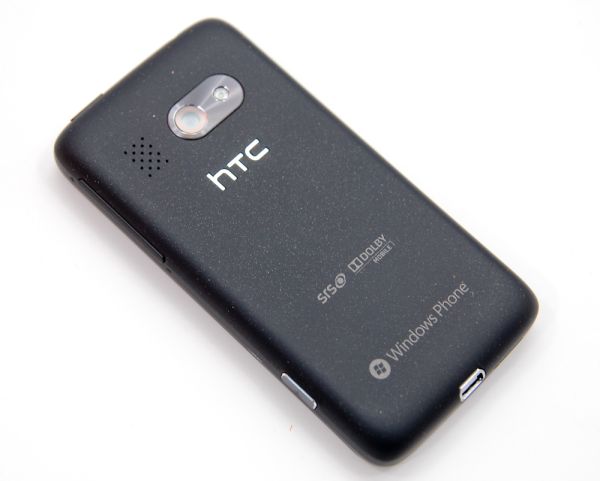
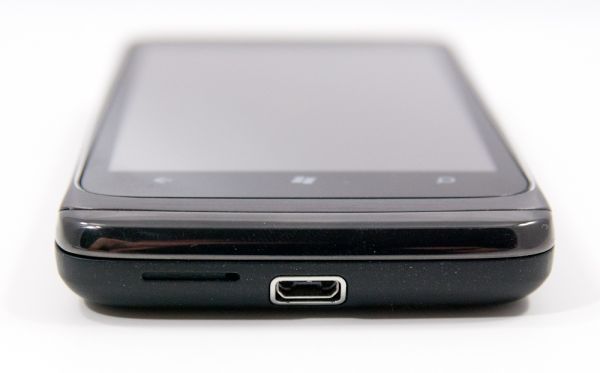
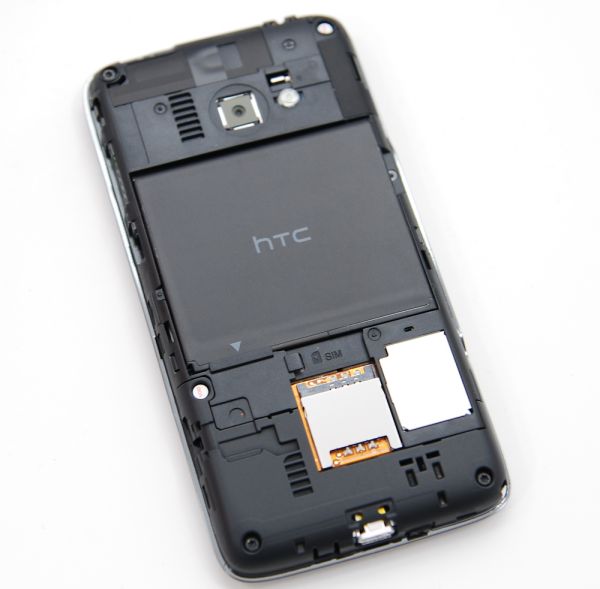





















39 Comments
View All Comments
HobHayward - Saturday, November 13, 2010 - link
It's possible different cell providers include different size microSD cards.Also anandtech's spam filter is trying to not let me post this.
Anand Lal Shimpi - Saturday, November 13, 2010 - link
You are correct, fixed :)Take care,
Anand
deputc26 - Saturday, November 13, 2010 - link
I'd like to see this metric included:http://lovinitinaz.blogspot.com/2010/11/new-metric...
Meegulthwarp - Saturday, November 13, 2010 - link
I'd really like to see a comparison of the speeds the different class cards give. If installing a class 6 or 10 card vastly improves the performance of the device then I would gladly replace it but if it is only for bigger GBs then I'll pass as I'm quite happy with 8GB right now.Orange UK has an option to buy a 16GB card when you are purchasing a HTC Mozart online. Not sure what that's about as the cards aren't user replacable, might phone them up later on to ask.
bigboxes - Saturday, November 13, 2010 - link
that needs to use their headphones.*seated at the restaurant next to boxes*
OMG! Listen to this!
*giggle*
Let's play it again, but this time turn it up louder!
*boxes picks up teen's cell phone and smashes it into restaurant wall*
This is not going to replace larger sets at home and on the road (on the bus, in the grocery store line, at the restaurant, etc.) you should use headphones.
kevith - Saturday, November 13, 2010 - link
Oh yes, in my country this is already quite trendy among teenagers. It can be realyy annoying.Seems like an ok phone though, still I think we´ve only seen the beginning. As before with first desktops, then laptops, the whole race for Mhz and faster hardware can start all over again in a new formfactor, The Pockettop...
I´m 50 years old, it´s great to have lived half my life before computers entered the scen for home-users. I´m a muscician, and when I think of the things we used to dream, that computers would be able to, and what they actually are capable of today, I feel a little bit as if had been wittnessing the Wright Bros first attempts to fly.
And now - well, in a short time anyway - maybe a studio-PC to carry in your pocket.
Wonderful.
Nataku - Monday, November 15, 2010 - link
i can see some use for this though, not that i want some jerk cranking it up in a bus full of already pissed off people... lol(kids learning to dance during break time some where down the hall might be one good application for this)
NYHoustonman - Saturday, November 13, 2010 - link
What the hell is that noise D:banvetor - Saturday, November 13, 2010 - link
Dear Anand and Brian,Thank-you for the excellent phone reviews you are making. I wish to ask one thing though: in your reviews, can you make some points about the usability of each OS when you DO NOT have a data plan?
I don't know how many of us are out there, but I use a lot my smartphone (music, taking pictures, gps, etc), but I simply have no need for a many-dollar-a-month data plan. I do browse the web and check e-mails also, but only when there is wi-fi... If I have some VERY IMPORTANT e-mail to check, then I pay for the KB of data...
The most important points would be how dependent on a always-on data connection the OSes are... like the Zune music access, for instance. I have a Nokia N96 right now (planning to switch soon), and I just love that it has a map application that works offline, for instance (I know that no other phone has that, but I highlighted it just to make my point...).
Thanks once again!
Leo.
Gungel - Sunday, November 14, 2010 - link
With AT&T you have to get a data plan on your smartphone. Even if you buy a phone off contract, they will add a dataplan once the network checks your IMEI and recognizes it as such. I was on an old $15 a month unlimited data plan grandfathered in when SBC became AT&T. I recently bought an Android phone off contract and got a nice surprise on my next phone bill. The data plan is now $30 and is limited to 2GB a month.